Ford has revealed the first-ever all-electric Ford Transit ahead of first examples arriving in Europe in spring 2022.
The E-Transit, which will be available in up to 25 different sizes, weights and body variants, offers an “estimated” WLTP range of up to 217 miles. Ford says this is “roughly three times the distance the average European fleet driver covers daily”.
That range figure comes from a battery mounted under the floor with a usable capacity of 67kWh. The E-Transit also features both AC and DC fast charging: an 11.3kW on-board charger allows a slow charge in just over eight hours, while DC charging at rates of up to 115kW enables a 15% to 80% charge in around 34 minutes. Customers are given access to the FordPass charging network, with around 160,000 chargers globally - many with rapid-charge capability.
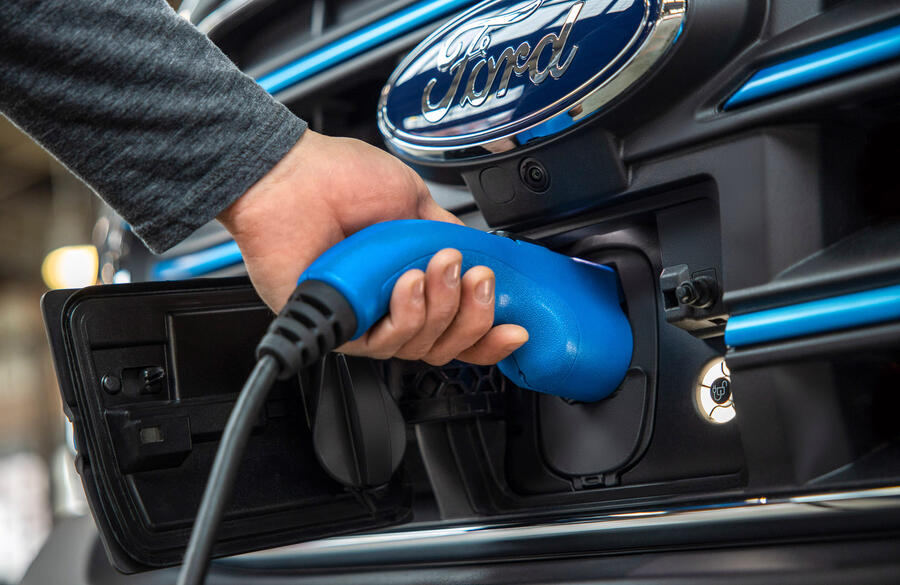
Ford has spoken to a number of commercial fleet managers from brands such as Centrica, Sky and ADL Automotive, with the consensus being that a range of around 150 miles is the minimum acceptable, while rapid-charging capability is a must. Data from millions of miles of telematics also informed the development of the E-Transit.
Peak output from the electric motor, powering the rear wheels, is 265bhp and 317lb ft - Ford claims it is the most powerful electric cargo van in Europe. No performance or motor efficiency figures have been revealed yet.
The E-Transit also features an eco drive mode, claimed to improve range by 8-10% in unladen driving by regulating acceleration, optimising the climate control and reducing the top speed.
Further features include a ‘Pro Power Onboard’ option, enabling customers to use the E-Transit as a mobile power source, providing up to 2.3kW of power for various tools and equipment. It’s claimed to be an industry first, and is expected to be a popular addition.
Design-wise, the E-Transit looks broadly identical to the existing diesel models, bar a new grille design with blue horizontal bars. The charging point is also mounted centrally in the grille, below the badge.
Standard kit will include the FordPass Connect modem, designed to optimise the fleet efficiency for commercial customers via a number of telematics services. The E-Transit will also feature a 12in touchscreen running Ford’s latest Sync 4 software, offering over-the-air updates, enhanced voice recognition and cloud-based navigation.
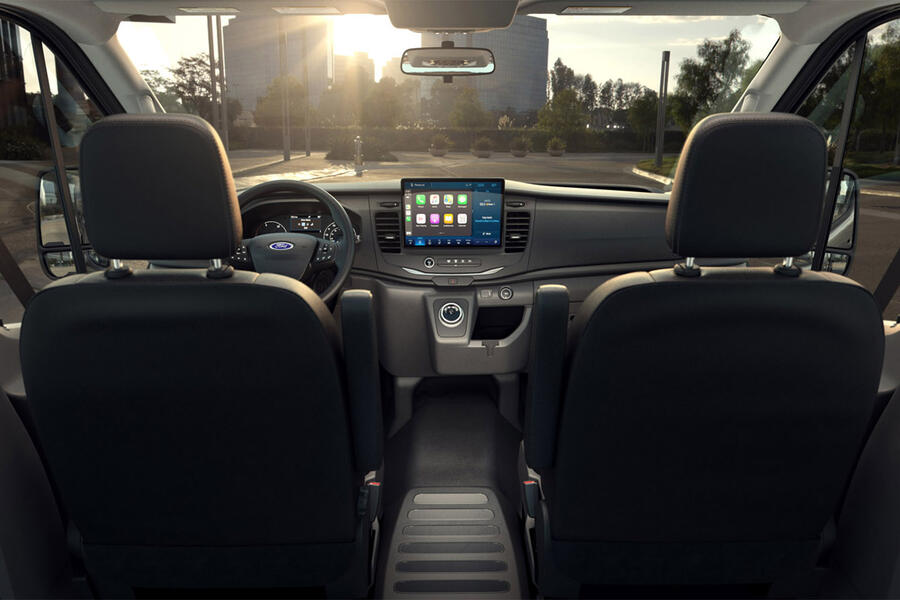

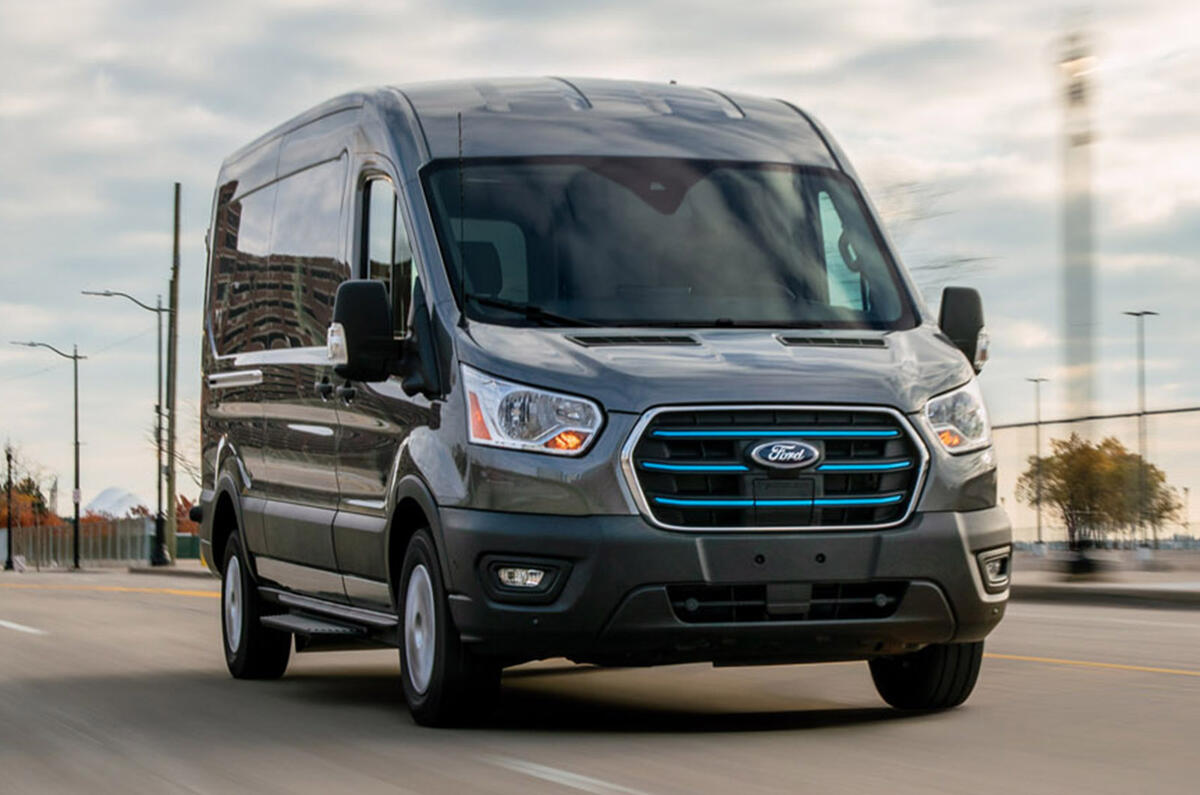
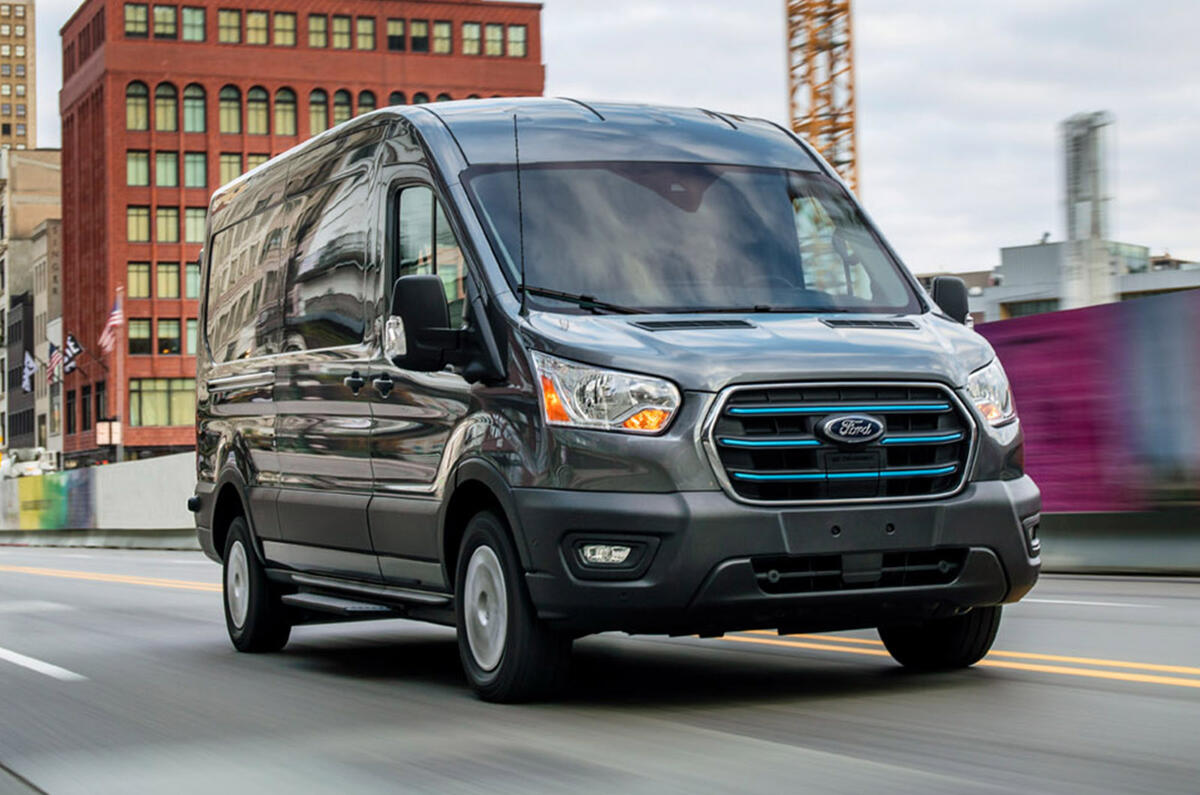

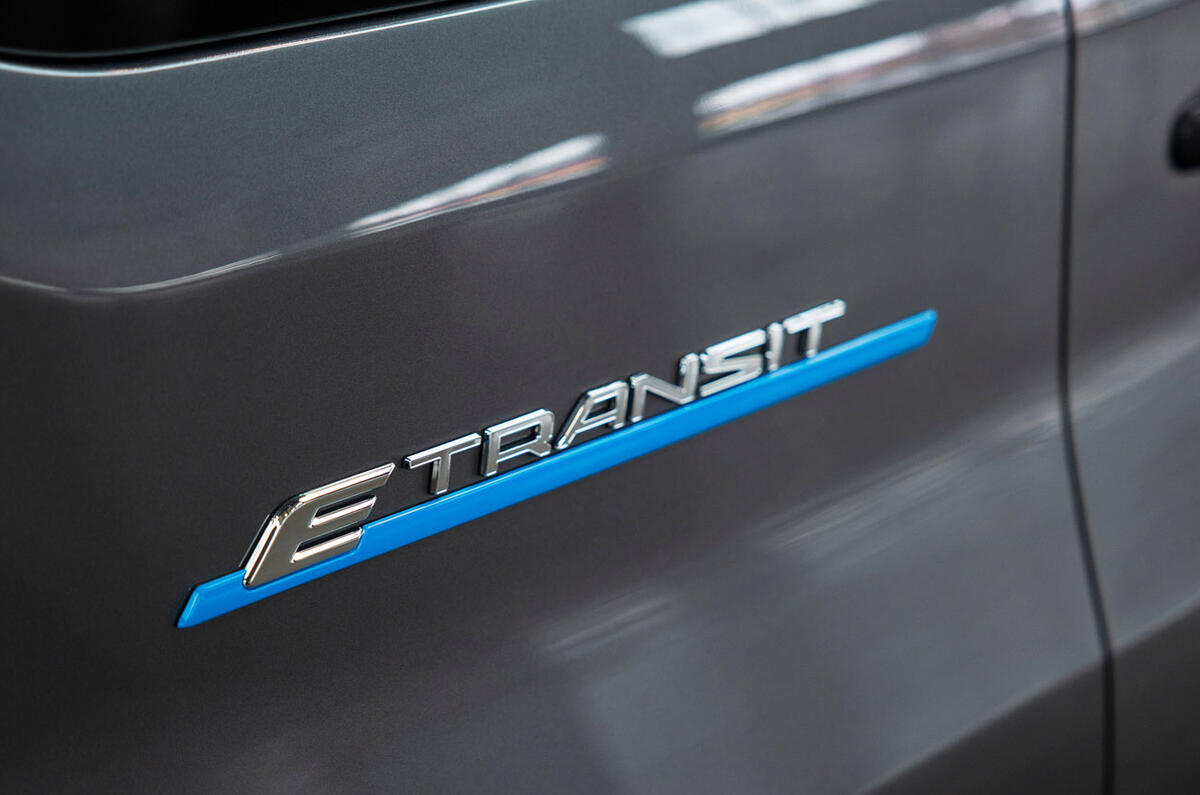
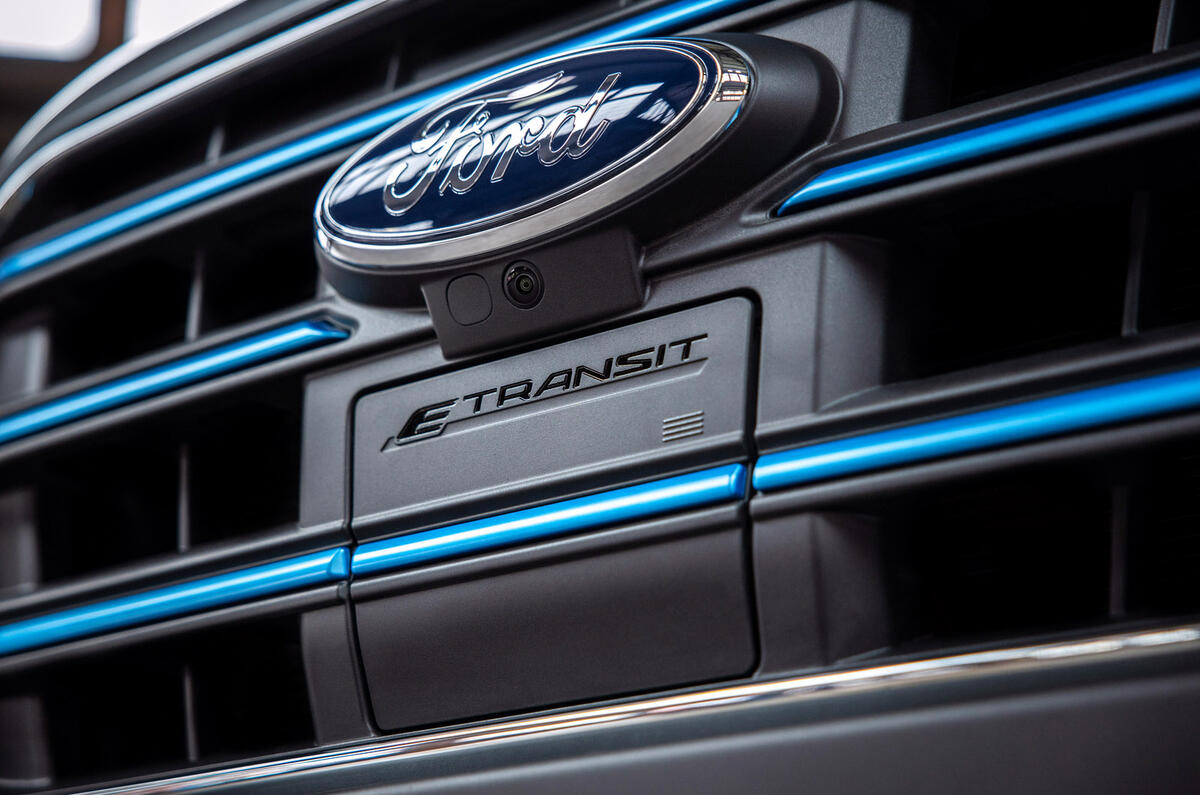
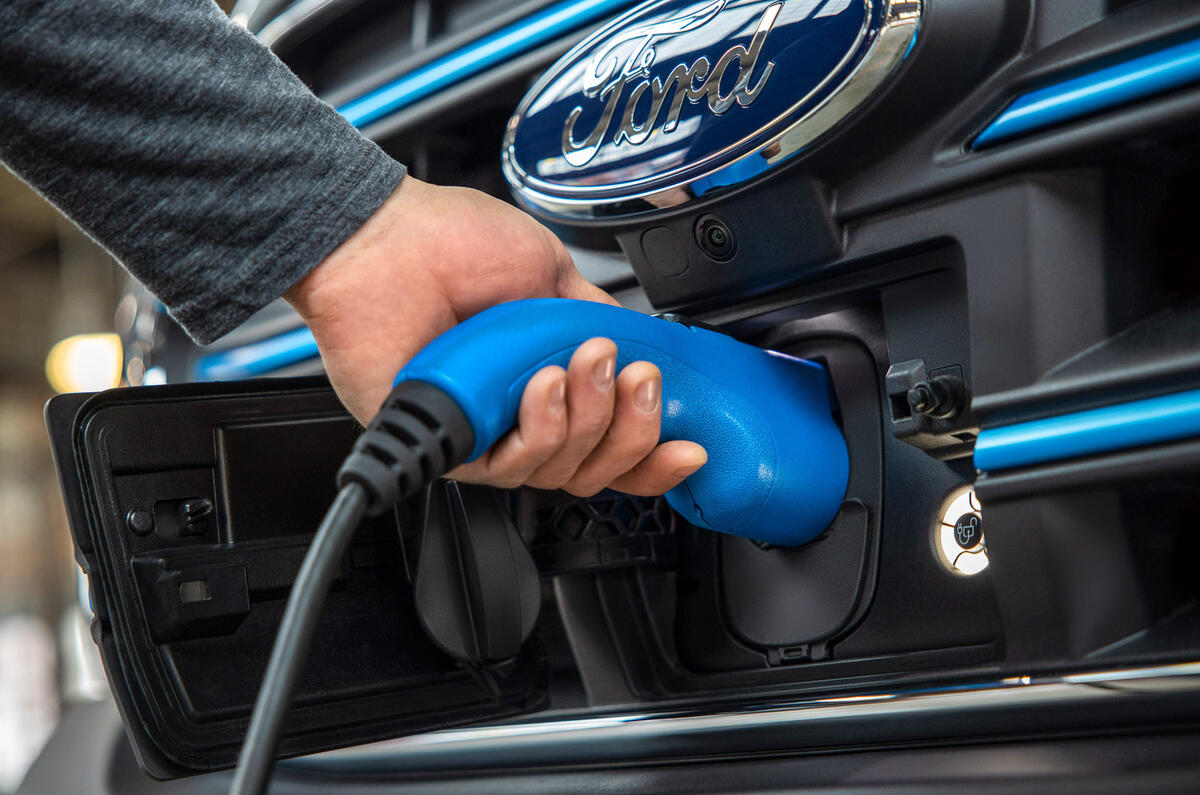
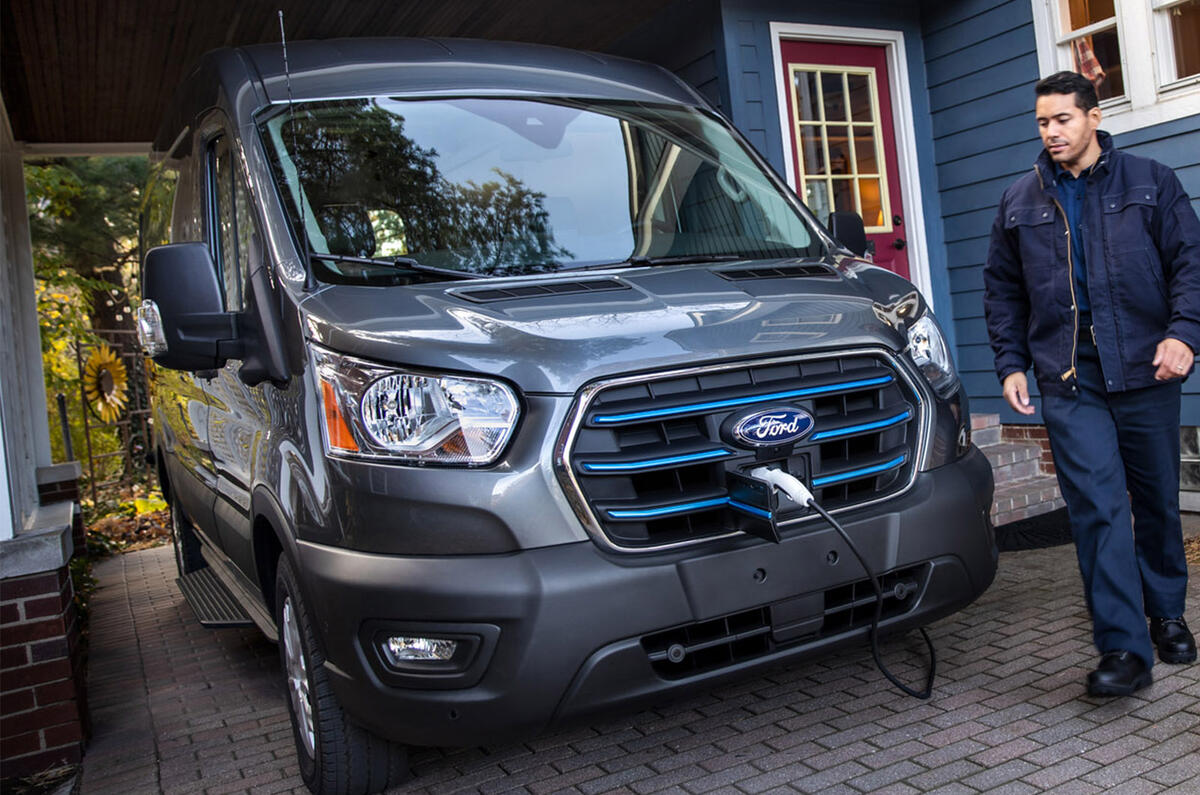
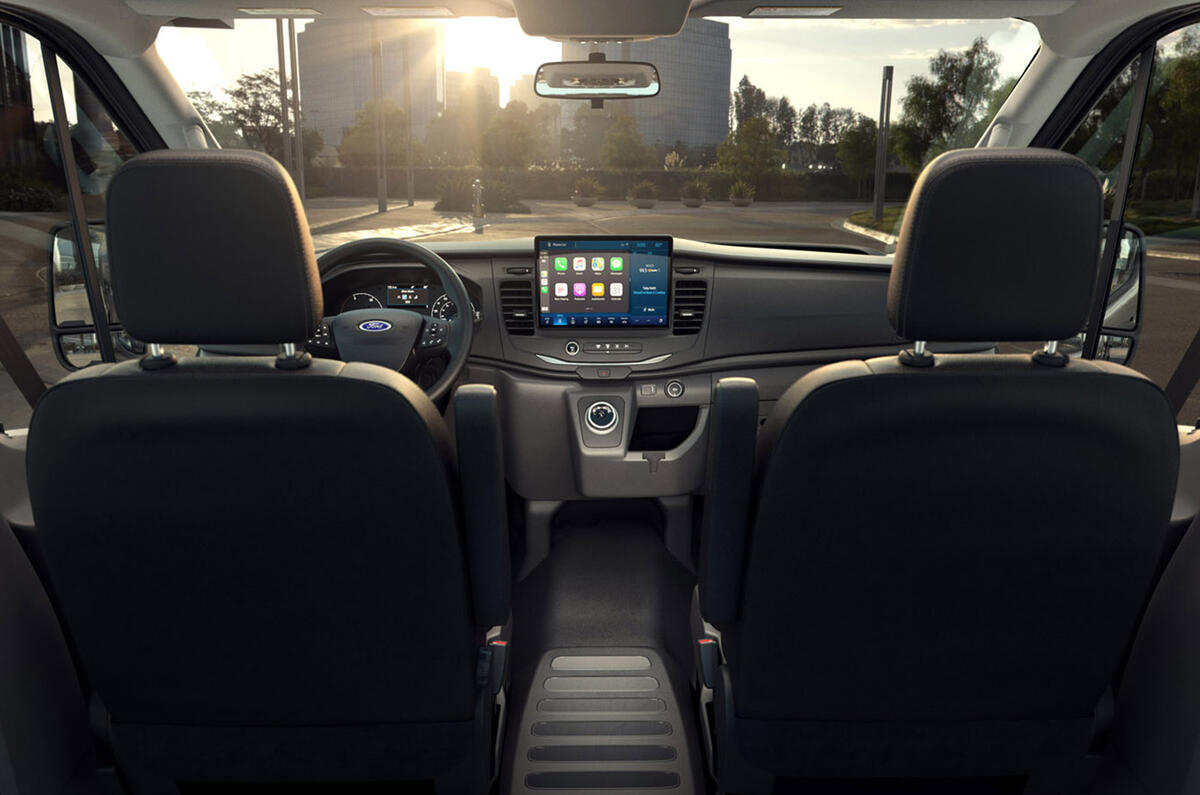
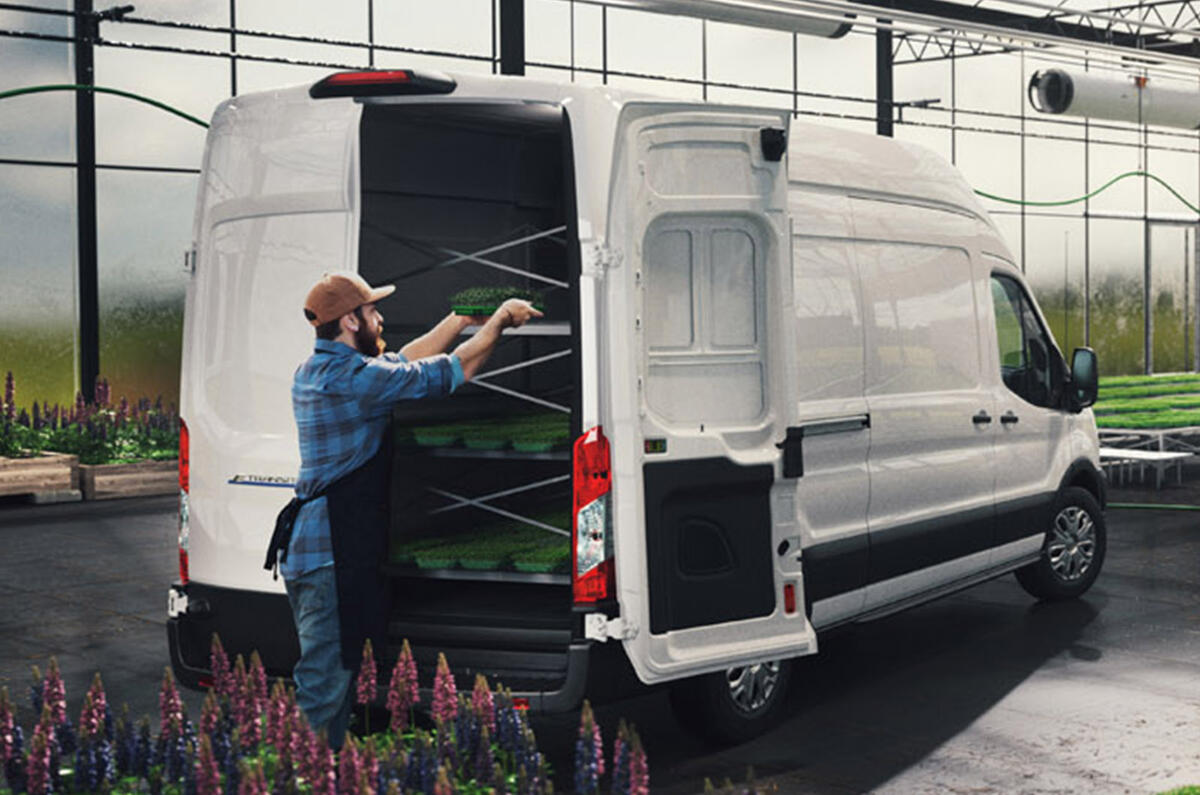
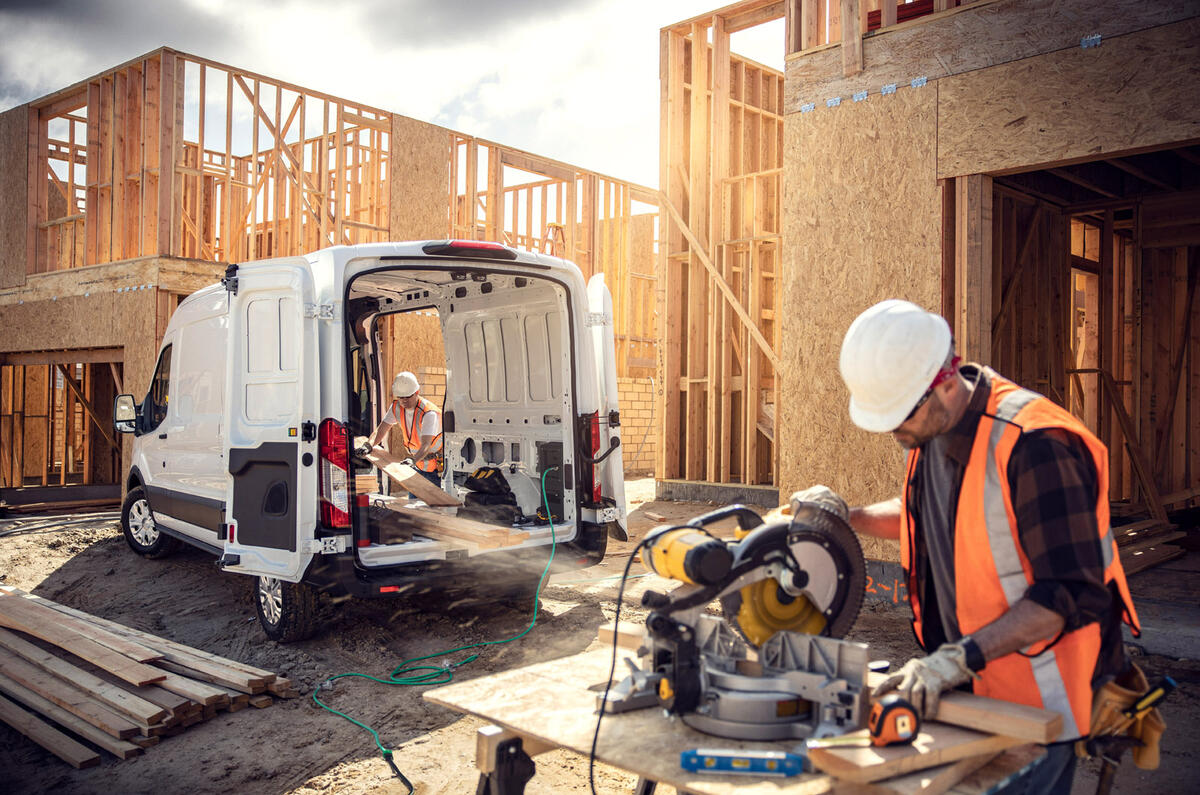
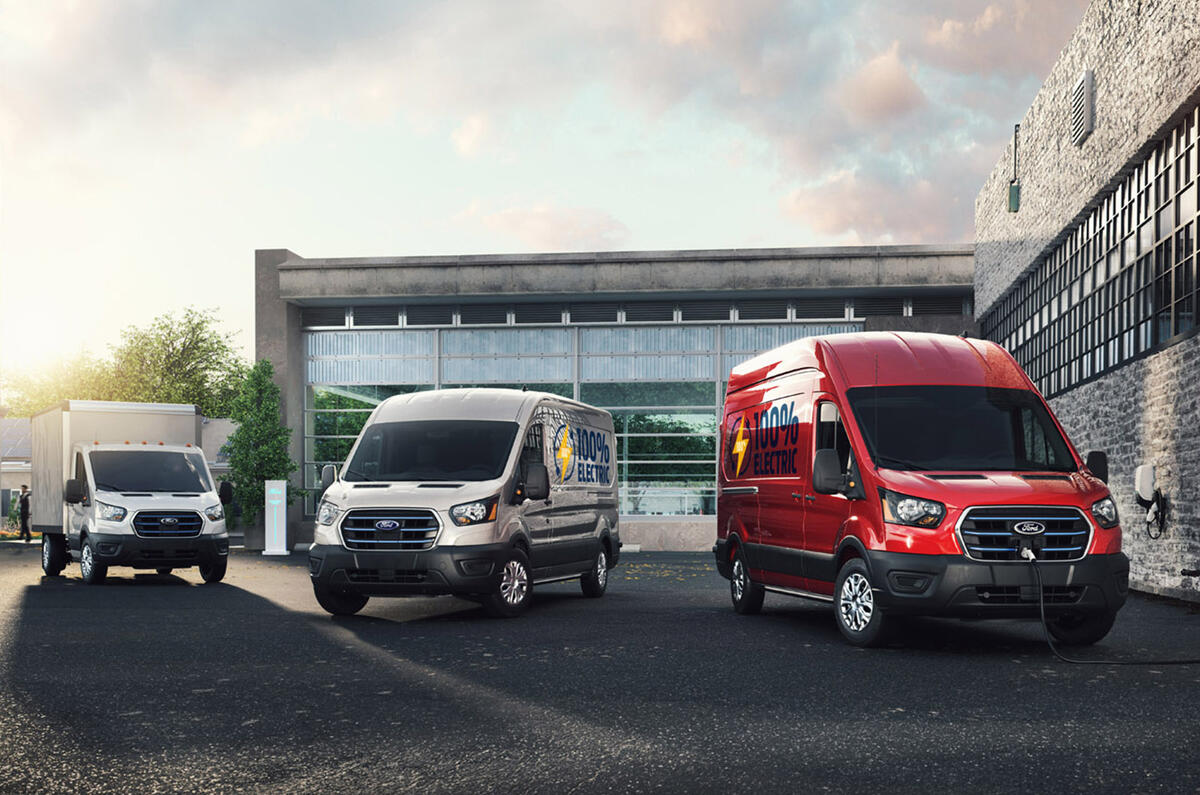
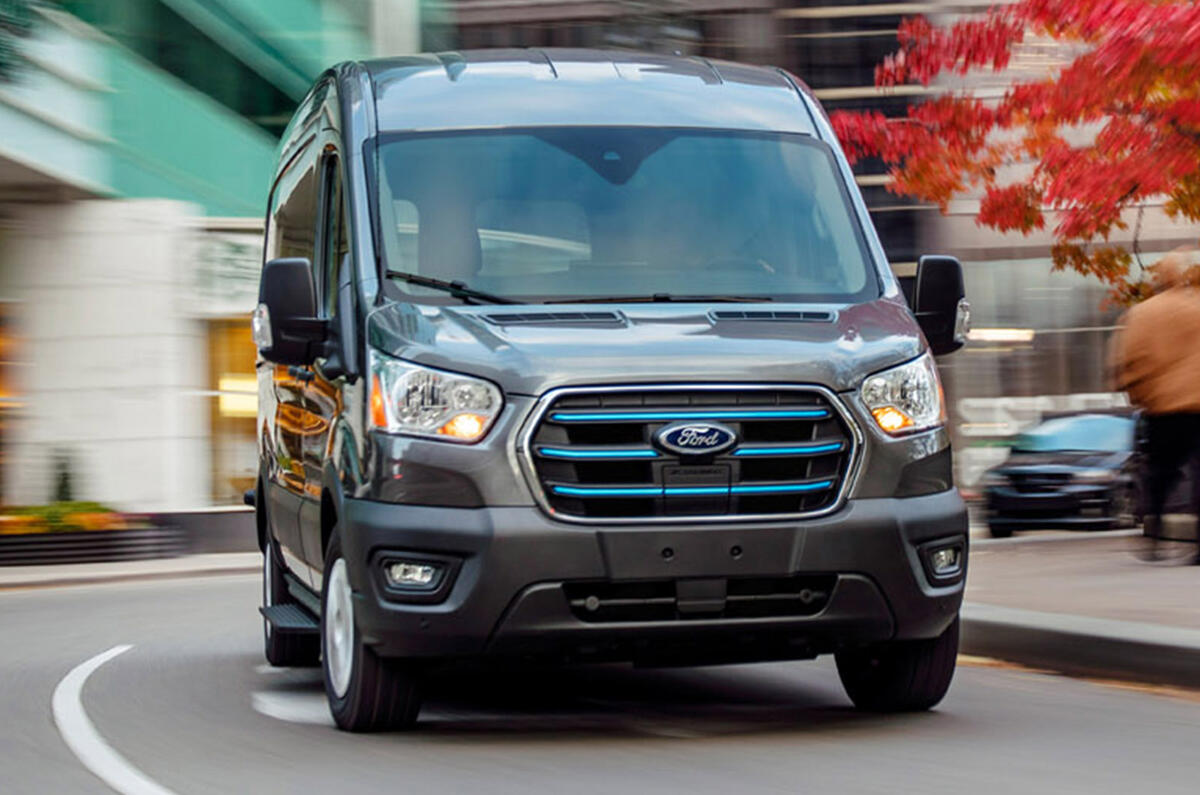
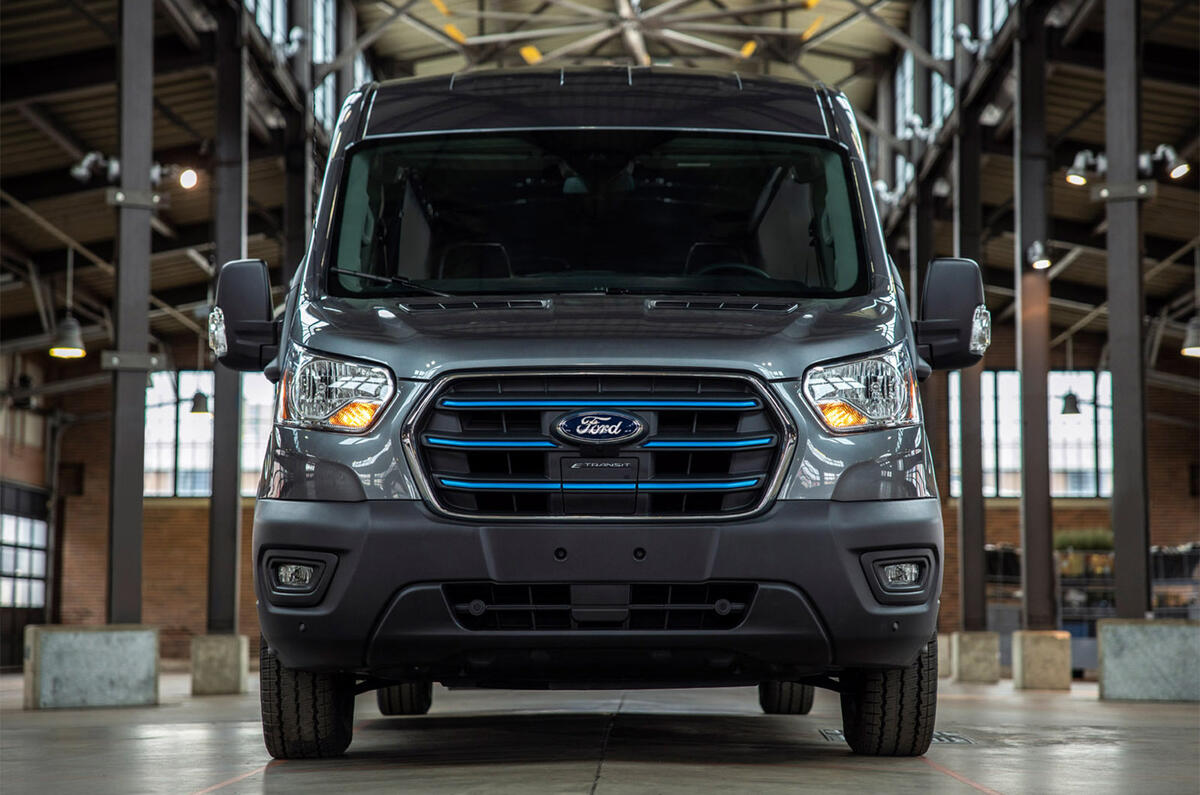
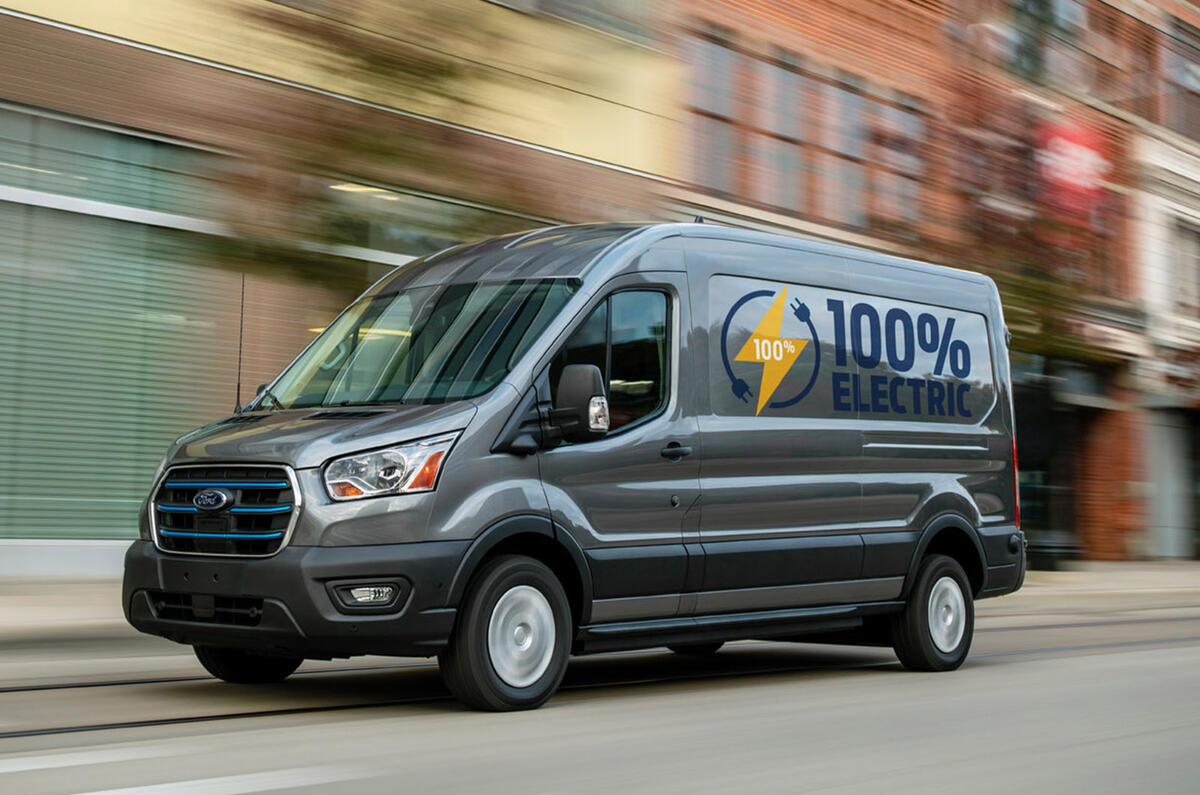

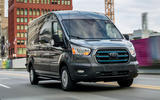

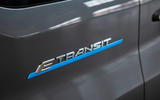
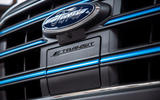







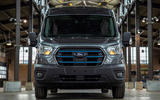



Join the debate
Add your comment
When Ford and VW will unify their LCV lines, even the iconic "Transporter" formerly know as the VW Bus, and Opel/Vauxhall will give up the badge engineering of the Movano with the Renault Master, what remains as OEM on the LCV market in Europe?
1. Stellantis
2. Ford/VW
3. Mercedes
What happens to Renault? Their SOVAB factory in Batilly, where the Master/Movano is being built will suffer a great deal of work when the Movano is being produced in the former Astra factory in Gliwice, Poland, and in Atessa, Italy.
Renault had, I read, already contacted Mercedes for a common production of Master and Sprinter. But it seemed that Mercedes was not interested.
What then?
You do make me laugh Autocar
A. An article about a Ford Transit van!
2022 is a long time away.
Other electric vans are already available, including the likes of the Vauxhall Vivaro-e and Mercedes Sprinter electric. Ford are taking a very long time to bring out an electric van. Meanwhile in Edinburgh where I live the council are the first in the U.K. to take delivery of a fully electric bin lorry! The vehicle can do an 8-hour shift, and only takes 5 hours to recharge! It's estimated it will save the council £18,000 in fuel per year. Now if an electric bin lorry can be created by 2020, why does it take until 2022 to make the Transit fully electric?